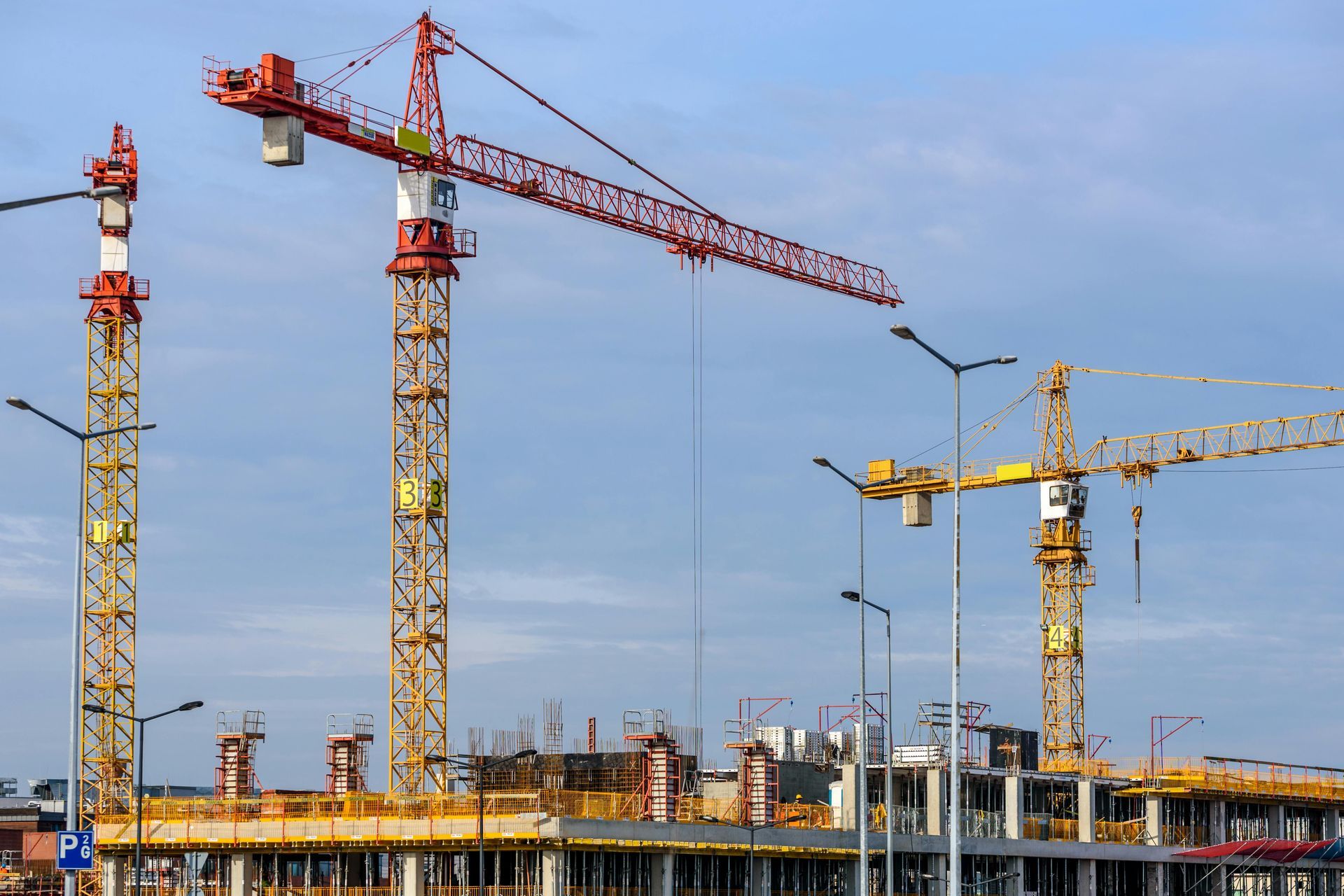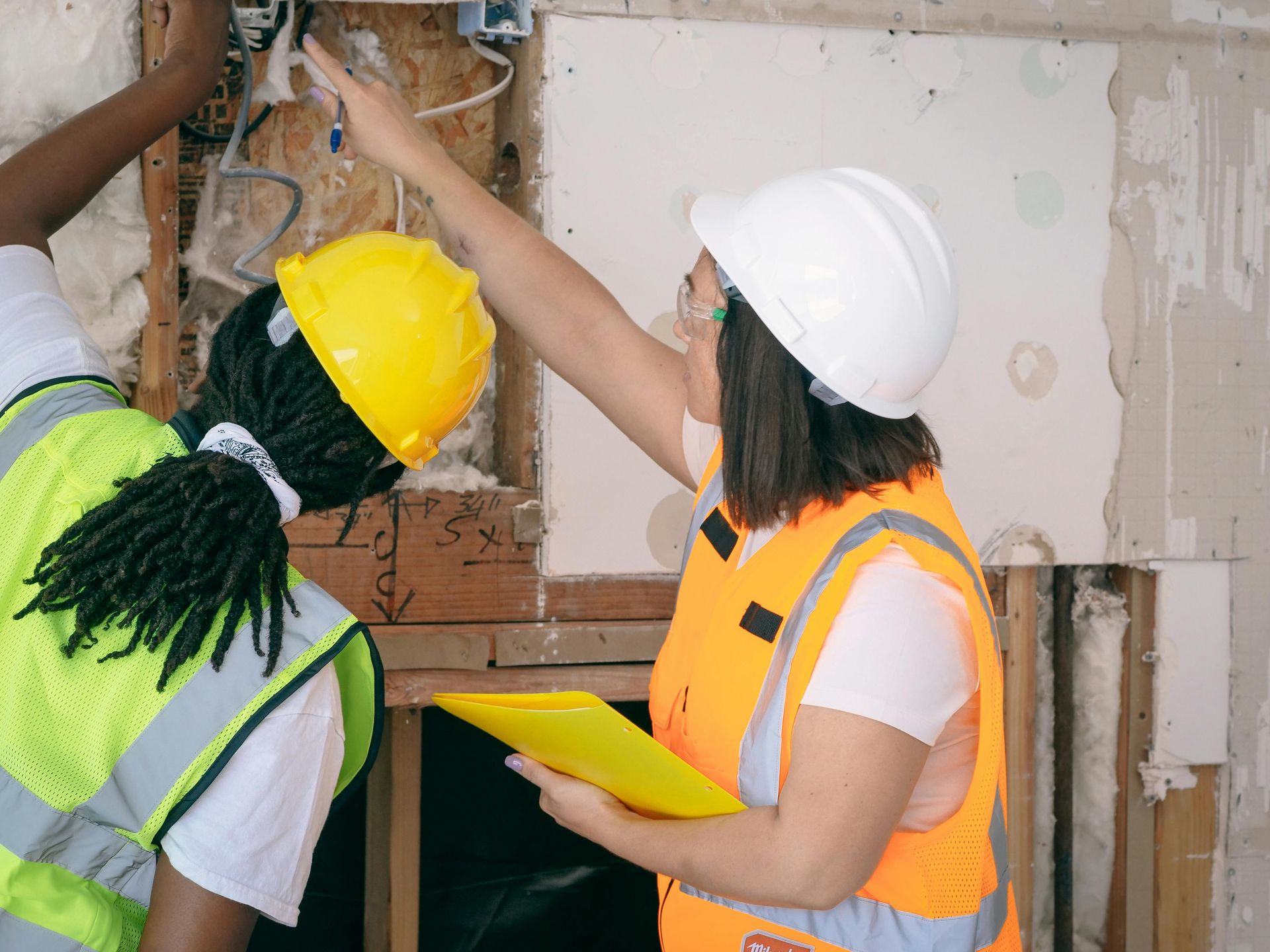What Happens After a Milestone Inspection? Next Steps for Property Owners
A milestone inspection is a critical part of ensuring your building’s safety and compliance with Florida law. Once the inspection is complete, understanding the next steps is vital for maintaining structural integrity and addressing any issues that might have been uncovered. This guide will help you navigate what comes after a milestone inspection.
Understanding the Milestone Inspection Process
A milestone inspection is far more than a simple check—it’s a comprehensive evaluation of your building’s structural health. By understanding how it works, property owners can take the right steps to ensure safety and compliance.
What is a Milestone Inspection
A milestone inspection is a mandatory structural assessment for Florida buildings with three or more stories. Its primary goal is to evaluate the safety and stability of key structural components, such as load-bearing walls and foundational elements, ensuring the building is fit for continued use.
It is also important to note that there are two phases of milestone inspections. These are:
- Phase One:
- A licensed architect or engineer conducts a visual inspection of the building’s structural components.
- The purpose is to identify visible signs of substantial structural deterioration, such as cracks or sagging.
- If no major issues are detected, the inspection concludes at this stage, and Phase Two is not required.
- Phase Two:
- Initiated if Phase One uncovers significant structural concerns.
- This phase involves a detailed analysis, including both destructive and non-destructive testing, to assess the extent of damage and determine necessary repairs.
- The focus is on thoroughly evaluating areas of concern while minimizing disruption.
Reviewing the Milestone Inspection Report
The milestone inspection report serves as a critical guide for property owners and is a blueprint for what needs to happen next. It outlines the current state of a building’s structural health and provides actionable steps to address any issues. Understanding the report’s contents ensures you can act promptly to maintain safety and compliance.
Key Findings and Recommendations to Look For
- The inspection report highlights structural issues that could compromise the safety of your building. Key elements to review include:
- Substantial Structural Deterioration: Look for mentions of cracks, sagging, deflections, or areas showing significant wear. These indicate where immediate attention is needed.
- Repair Recommendations: The report outlines which components require maintenance, repair, or replacement to restore the building’s structural integrity.
- Preventive Measures: Beyond repairs, the report may suggest steps to prevent future deterioration, such as improved drainage or protective coatings.

Carefully reviewing these findings allows property owners to prioritize repairs and take preventive actions to avoid more significant problems later.
Differences Between Phase One and Phase Two Reports
Phase One and Phase Two reports differ in detail and scope, depending on the structural issues identified during the inspection. A Phase One report primarily determines whether substantial structural deterioration exists. It includes a summary of visual observations and a qualitative assessment of the building's overall condition. If no significant issues are found, the inspection concludes with no further steps required.
A Phase Two report is conducted when Phase One identifies structural concerns. This more detailed analysis may include destructive or non-destructive testing to assess the extent and severity of the damage. It provides specific recommendations for repair programs, timelines, and safety measures to stabilize the building. With its comprehensive findings, a Phase Two report offers property owners a thorough understanding of the structural issues and a clear plan for remediation.
Required Actions for Property Owners
After a milestone inspection, property owners must take specific steps to comply with Florida law and address any findings in the report. These actions ensure the building remains safe, residents are well-informed, and legal requirements are met. By following these steps carefully, property owners can protect their investments and foster a sense of trust within the community.
Distributing the Inspection Summary to Unit Owners
It is crucial to distribute the inspection summary to every unit owner as soon as the report is finalized. This step ensures transparency and keeps all stakeholders informed about the building’s condition and any necessary repairs. The summary should highlight key findings, outline any structural concerns, and explain the next steps clearly.
To make sure the summary reaches all unit owners:
- Use multiple communication channels, such as mail, email, or a dedicated residents’ portal, to ensure accessibility.
- Include a brief explanation of the inspection process and what the findings mean for the building.
- Keep a record of distribution efforts to show compliance if required.

Posting Reports in Conspicuous Locations and Online
The inspection summary and, where required, the full report must be displayed prominently within the property. This step ensures all residents and visitors have easy access to the findings.
- Common Posting Areas: Choose visible locations such as the building lobby, mailroom, or community bulletin boards.
- Online Access: For buildings with websites, upload the full report and summary in a dedicated section accessible to all unit owners. Ensure the digital version is easy to navigate and includes clear labels for each document.
- Duration of Display: Leave the summary posted for a sufficient period to allow all residents to review it and archive it online for long-term accessibility.
These measures promote open communication and demonstrate proactive property management. They also make it easier for residents to stay informed about the building’s condition and any upcoming repairs or projects.
Complying with Local Building Authority Requirements
One of the most critical steps after a milestone inspection is submitting the report and summary to the local building department. This submission ensures the building remains compliant with Florida’s milestone inspection regulations.
To fulfill this requirement effectively:
- Prepare all necessary documents, including the full inspection report and inspector-prepared summary.
- Confirm submission deadlines with the local building authority to avoid delays or penalties.
- Work closely with the inspection firm to ensure the report meets all statutory requirements and is properly formatted.
Addressing Identified Structural Issues
Once the issues are identified, creating an action plan for repairs is crucial. Start by reviewing the inspection report and prioritizing repairs. Focus on areas marked as “substantial structural deterioration,” as these pose the greatest risks to the building’s stability. Once the key issues are identified:
- Secure Necessary Permits: Work with your local building department to obtain permits for repairs. Proper permits ensure compliance with state regulations and help avoid legal or financial consequences.
- Hire Licensed Contractors: Ensure that all contractors involved are licensed and experienced in structural repairs. Adhering to regulatory requirements guarantees that repairs meet safety and quality standards.
Choosing Qualified Professionals
The accuracy and reliability of a milestone inspection depend significantly on the expertise of the professionals conducting it. Licensed architects and engineers play a critical role in ensuring that the inspection thoroughly evaluates the building’s structural health while meeting legal requirements. Selecting the right professionals for this process is essential for achieving compliance and addressing any identified issues effectively. Here’s what to look for in a professional:
- Experience: Select experts skilled in Phase One and Phase Two inspections.
- Licensing: Confirm they are licensed and authorized to practice in Florida.
- Reputation: Check references or reviews for reliability and past success

Companies like Aurora Consulting Group excel in milestone inspections. Their licensed professionals conduct comprehensive Phase One visual inspection and advanced Phase Two analyses when necessary. They deliver clear reports outlining findings, repair recommendations, and preventive measures for compliance. Aurora Consulting Group also guides property owners in understanding results and planning the next steps. Their expertise ensures inspections meet the highest safety and regulatory standards.
Conclusion
A milestone inspection is the beginning of a proactive approach to building safety. By reviewing the report, addressing structural concerns, and complying with legal requirements, property owners can protect their investments and ensure the safety of residents. For expert guidance, Aurora Consulting Group provides tailored solutions to navigate post-inspection challenges, from detailed repair planning to project execution. With the right steps and support, you can maintain your property’s integrity and compliance for many years.




